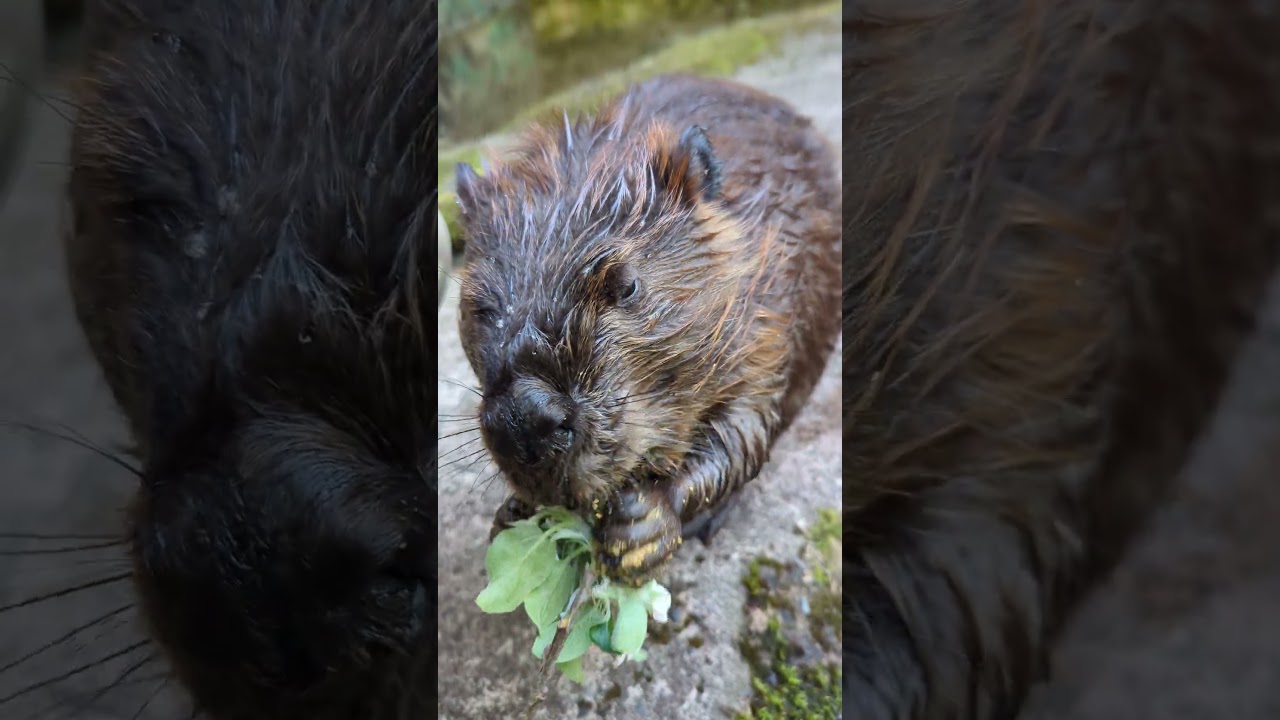- Understanding the significance of apple blossom snacks for beavers and their dietary habits.
- The role of apple blossoms in promoting health and well-being in captive beaver populations.
- Strategies for incorporating apple blossom snacks into zoo management and wildlife conservation practices.
- Insights into the nutritional needs of beavers and how apple blossoms meet these requirements.
- The environmental and ecological implications of providing natural food sources like apple blossoms to beavers.
In zoological settings, the dietary management of beavers presents a fascinating opportunity to align closely with their natural habits while promoting health and vitality. Apple blossom snacks are not merely an indulgence but serve a multi-faceted purpose in supporting these fascinating rodents. Known for their semi-aquatic lifestyle, beavers have a diet predominantly consisting of tree bark and cambium— the soft tissue found beneath the bark. By introducing apple blossoms, zookeepers can mimic a part of this natural diet, providing both nutritional and enrichment benefits.
Understanding why apple blossoms hold such importance requires an exploration of beaver dietary habits. These gentle herbivores primarily consume woody plants, including both the bark and leaves. In a natural setting, they prefer aspens, willows, and birches, all of which offer a variety of nutrients. Apple blossoms serve as an excellent supplementary snack, mimicking the tender, foliage-rich part of their diet. The blossoms not only entice with their scent and delicate texture but also provide essential vitamins such as vitamin C and potent antioxidants, contributing to a balanced diet that supports their immune system.
Providing apple blossoms to beavers in captivity goes beyond a simple dietary inclusion. It represents a thoughtful approach to animal welfare, supporting psychological health through environmental enrichment. Enrichment is critical in alleviating stress and encouraging natural behaviors. By incorporating apple blossoms into their diets, zookeepers offer a sensory experience that stimulates exploration and foraging behaviors. This can be particularly beneficial in zoos, where stimulating environments help reduce stereotypic behaviors and enhance overall well-being.
The ecological benefits of integrating natural elements like apple blossoms into captive beaver diets cannot be overstated. For conservationists, the practice promotes sustainable resource use, echoing methods in natural habitats. Beavers are renowned ecological engineers, known for their dam-building which creates wetlands supporting biodiversity. By offering native plant-based foods, wildlife caretakers reinforce ecological principles and foster a deeper understanding of ecosystem connections.
Zoo management strategies benefit from the thoughtful inclusion of natural snacks like apple blossoms. By catering to the dietary preferences and physiological needs of beavers, zoo professionals can enhance both animal care protocols and educational exhibits. Visitors gain insights into the natural dietary habits of beavers, fostering appreciation and awareness of wildlife conservation efforts.
Apple blossoms are more than just a flavorful treat; they are a pivotal part of a diet that caters to the nutritional needs of beavers. Like many herbivores, beavers have a physiological requirement for fiber, which is present in the cellulose of plant materials they consume. Apple blossoms add variety to their diet, aiding digestion while keeping dietary routines aligned with their natural preferences. The inclusion of these blossoms not only elevates nutritional content but also supports dental health, as the chewing action helps in maintaining appropriate tooth wear.
The choice to include naturally occurring foods in zoo animal management is steeped in conservation ethics and ecological responsibility. It emphasizes the importance of dietary authenticity in replicating wild conditions as closely as possible, offering insights into the interconnectedness between diet, habitat, and ecological impact. Incorporating native flora like apple blossoms signifies a commitment to environmental stewardship, reflecting broader conservation goals.
In crafting effective zoo management and wildlife conservation strategies, professionals are tasked with balancing the needs of the animals with educational goals and public engagement. Introductions of apple blossoms as a dietary component highlight the innovative measures that can be employed to achieve these outcomes. Through such efforts, zoos can serve as models of sustainable practice, where animal care prioritizes authenticity and ecological value.
The practice supports a broader narrative in environmental conservation, emphasizing the role of zoos not just as places of exhibition, but as centers for research, education, and species preservation. By understanding and implementing strategies such as dietary management through the provision of natural snacks like apple blossoms, professionals can ensure that zoo practices align with the evolving landscape of zoo management and wildlife conservation efforts.
In summary, apple blossoms play a critical role as a dietary supplement for beavers in captivity, aligning with their natural nutritional needs while providing enrichment and promoting animal welfare. As part of a broader conservation strategy, these snacks serve as a reminder of our ongoing commitment to fostering ecological balance and promoting sustainability in our interactions with the natural world.
*****
Source Description
Apple blossom snacks for the beavers! 🌸
📹: Keeper Joelle


